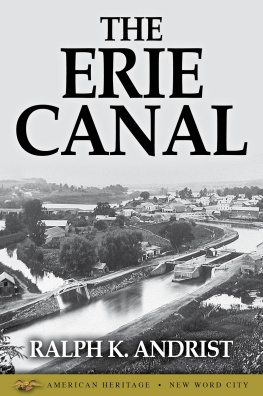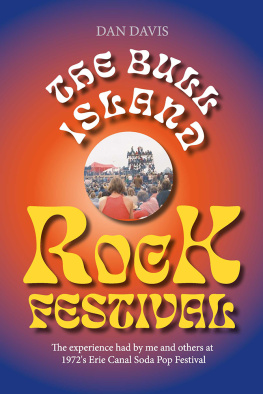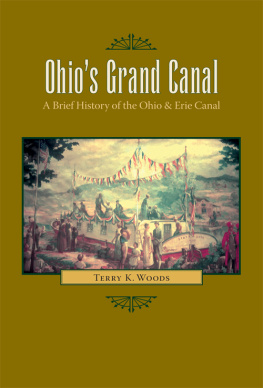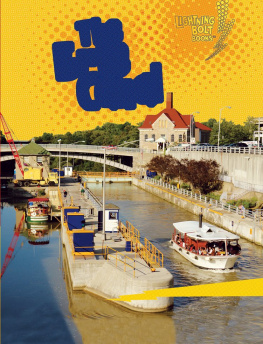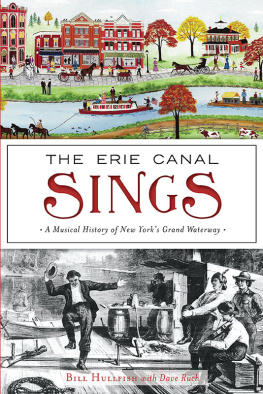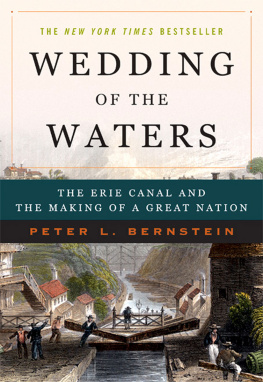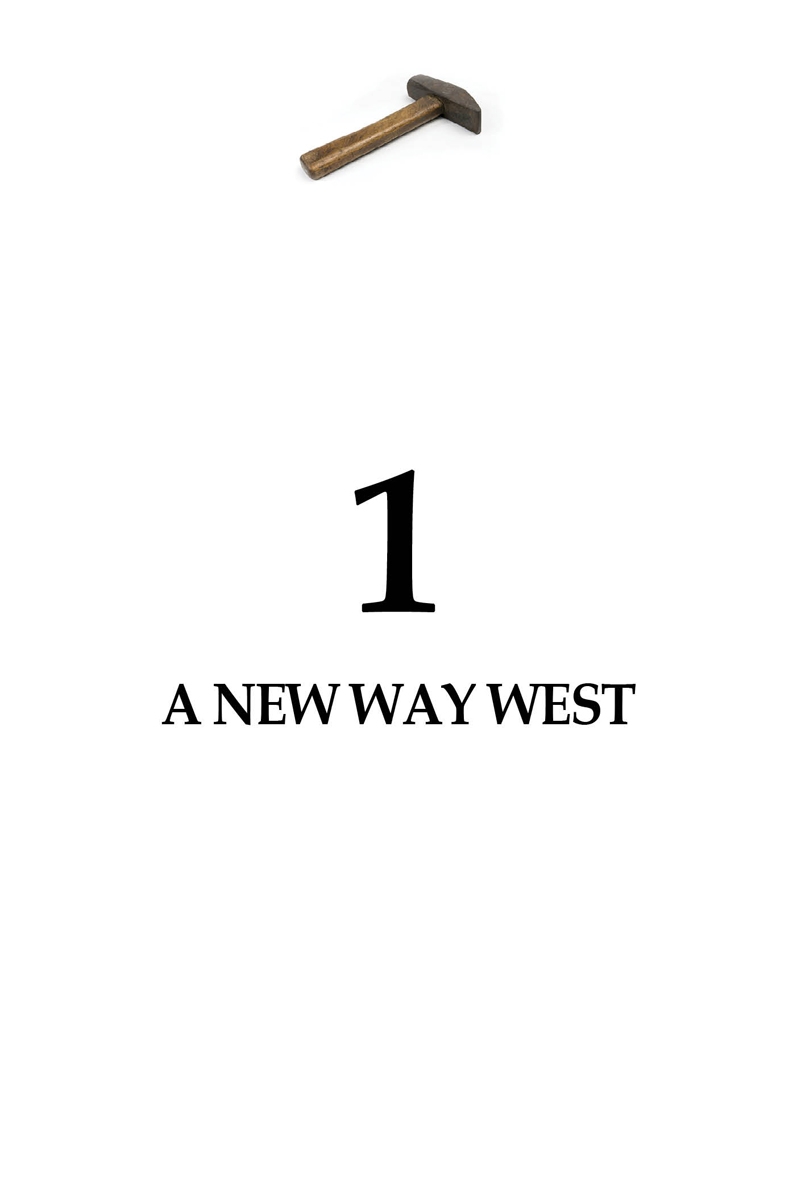During the summer of 1777 , the American revolutionary army was retreating down the Hudson River from General John Burgoynes British redcoats and hired Hessians. Fort Ticonderoga had been outflanked and abandoned without a shot being fired; the chances that the new American nation would last much longer looked very gloomy.
It hardly seemed a time to be talking about great plans for the future, especially something as vast as a canal to span the wilderness of upper New York. But that was exactly what Gouverneur Morris, a member of the First Continental Congress, chose to discuss one night during the retreat. Morris had traveled to Fort Edward, north of Troy, to see how things were going with the ragged army. And one evening, as mist settled over the northern forest and the air grew chill, he sat in a warm farmhouse kitchen with a group of officers and spoke of the future of the country.
Morgan Lewis - one of the officers in the demoralized camp and later a New York state senator and governor - remembered Morris as brimming with optimism even in the most gloomy periods of the war. He never doubted, Lewis said, the ultimate triumph of our arms and the consequent attainment of our independence, and frequently amused us by descanting with great energy on what he termed the rising glories of the western world.
South of where they stood, the Mohawk River joined the Hudson from the west. Morris painted a word-picture of a peaceful waterway which would extend from the Hudson, through the valley of the Mohawk, all the way to Lake Erie. He spoke, according to Officer Lewis, of the day when the waters of the great western inland seas would, by the aid of man, break through their barriers and mingle with those of the Hudson. These waters, Morris said, would carry an endless procession of boats bearing passengers and goods to and from the western territories of the new country by way of the Great Lakes. Asked how it could be done, Morris answered that numerous streams passed through natural channels, and that artificial ones might be conducted by the same routes, recalled Morgan Lewis.
Later, Morris wrote an exuberantly prophetic letter about such a waterway in which he said, As yet, we only crawl along the outer shell of our country. The interior excels the part we inhabit in soil, in climate, in everything. The proudest empire in Europe is but a bubble compared to what America will be, must be, in the course of two centuries, perhaps of one. He quipped to a friend: Shall I lead your astonishment to the verge of incredulity? I will: know then, that one-tenth of the expense born by the British in the last campaign would enable ships to sail from London through Hudsons river into Lake Erie.
Morris was one of the first to seriously consider the tremendous potential of an inland waterway cutting across New York state. More than fifty years before him, an Irish-born scientist named Cadwallader Colden who, in 1724, was surveyor general to the colonial governor of New York proclaimed the military and economic value of the Hudson and Mohawk valleys; but the British had done nothing to take advantage of it. By connecting the Hudson River with Lake Erie, this waterway at last would breach the extensive mountain barrier that had divided the country, and effectively open up trade between the East and the West.
Four years after Morriss pep talk on the Hudson, the war for independence was won. Americans began heading for the western territories to find a piece of land of their own, and the stories they sent back East started the tide of emigration flowing. They told of land that raised a hundred bushels of corn to an acre; of hogs that grew wonderfully fat just rooting on acorns and beechnuts the forests provided at no cost to the settler; of the poorest families who here adorn their tables three times a day like a wedding feast.
Farmers weary of fighting the rocks on thin-soiled hill farms in New England, and others in cities crowded with people but few prospects, heard the call and headed west. But as of yet, there were no lines of covered wagons along this westward route, because most of the mountain crossings were trails just wide enough for a traveler on horseback, followed by a pack horse and perhaps two or three cattle.
The way west was difficult. The long chain of the Appalachian Mountains extending from Canada into Alabama formed a wall dividing the country in half. Eastern manufacturers had no way of shipping their goods to people living across the mountains except at tremendous cost. And faced with the same difficulties of transportation, the western farmers had no incentive to grow crops for the big eastern cities.
The great need was for a new and easy road through the mountains. But in all the hundreds of miles of mountain country between the gap cut by the St. Lawrence River, and Alabama, where the mountains dwindle away, there is only one real break - the valley where the Mohawk and the Hudson rivers meet. This gap was an ancient Indian way, and then an early route of fur men, used and fought over by Dutch, French, English, and Americans. But, while this was a way through the mountains, it was by no means a smooth and easy route.
The Hudson River part of the route was all a traveler could ask for; nature had made it deep and wide and calm, with little current. The Mohawk was another story. It was dangerous in high water and impassable in low. Even when a boatman caught it right, there were parts of the river a boat could never get through: There were swirling rapids, foaming waterfalls, and passages choked with rocks.
Navigation on the Mohawk was completely barred near its mouth by Cohoes Falls, also called The Great Falls. This prevented the traveler who took a Hudson River boat to the juncture of the two rivers from changing to another boat to continue up the Mohawk. He had to load his family and possessions aboard a wagon at Albany, and then rattle for seventeen miles over the rough trail to Schenectady, where the Mohawk became a little tamer. There he hired a square-ended, flat-bottomed bateau a shallow-draft boat - and boatmen to pole them up the river.
About fifty-five miles west of Schenectady, another cataract, Little Falls, forced a mile-long portage. There, everyone got out while the bateau was hauled around the waterfalls - people of the village earned a good part of their living performing that service for boatmen. Then the backbreaking work of poling against the current began again. When the river became too narrow or shallow for the boat, another wagon was hired, and the westbound family rattled overland to Lake Ontario. There they took another lake boat as far as the Niagara River, where there was more land travel to get around the falls and rapids. Then at Buffalo, everybody piled aboard a Lake Erie boat and crossed into the west.
Even with these tremendous difficulties, this was one of the favored ways to go west, and the number of people moving along it steadily increased.
A Canal to the Moon
There were many half-formed plans for improving the waterway. The plan with the most potential to succeed was presented in 1784 by an engineering genius named Christopher Colles, who had already designed a water distribution system for New York City that utilized pipes made from hollowed logs. Speaking to a committee of the New York State legislature, Colles proposed a project to improve navigation on the Mohawk River. By this, he asserted, the internal trade will be increased... the country will be settled... the frontiers will be secured. He believed that it would be possible to travel strictly by boat from the Hudson River to Lake Ontario, and possibly Lake Erie.

